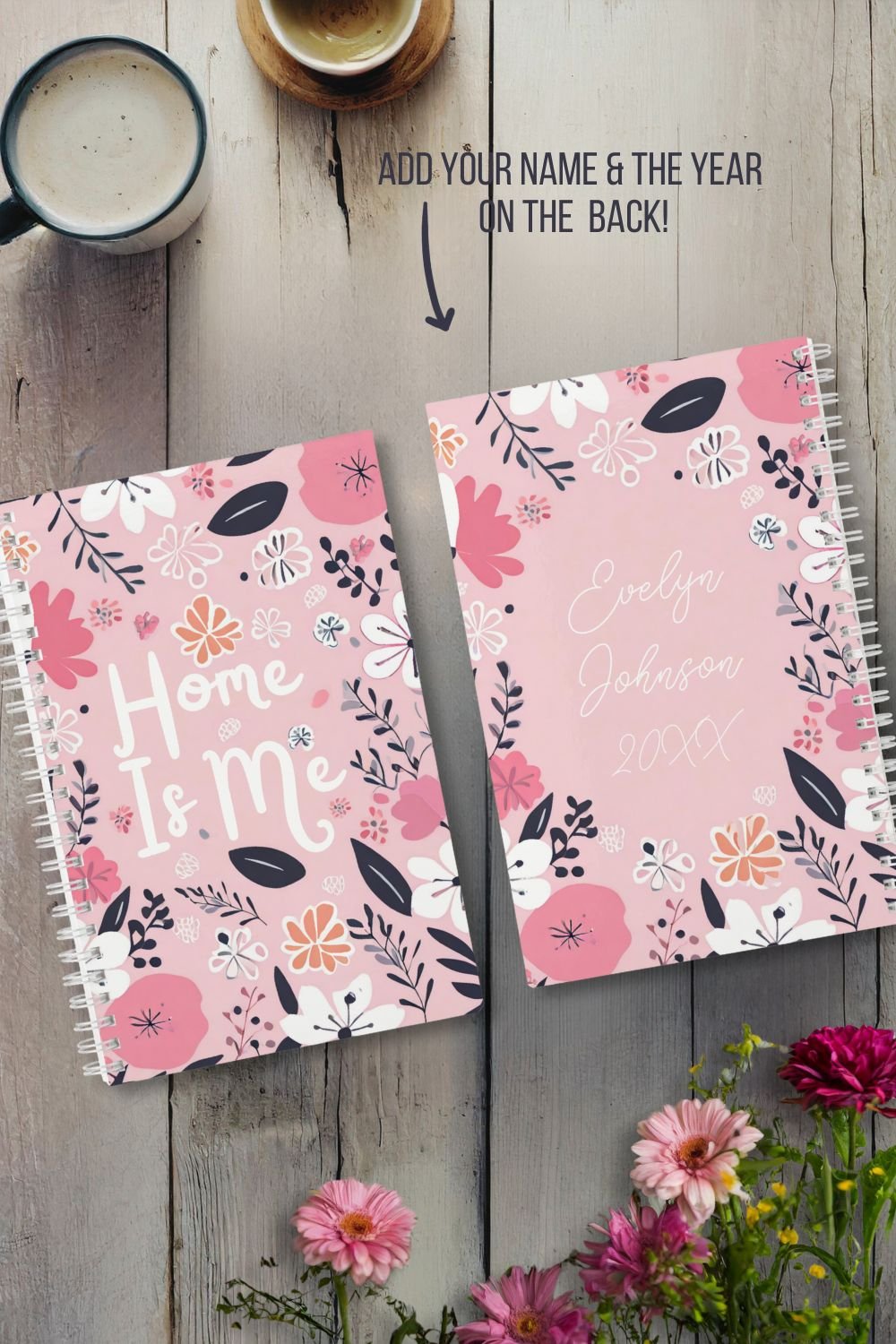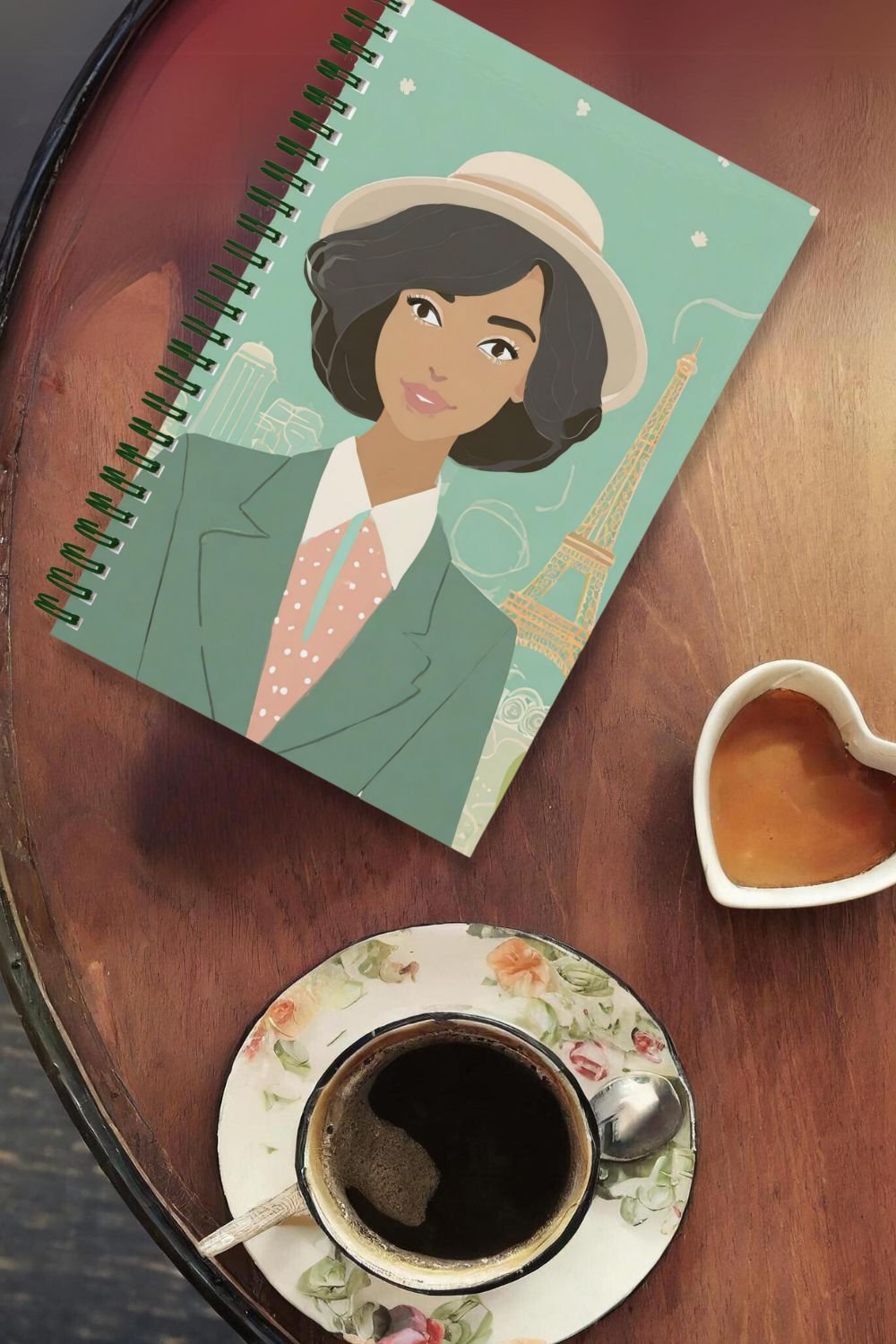The Healing Powers of Anxiety: How I Reduced My Anxiety & Let It Heal Me
10 ways I learned to reduce anxiety & the surprising healing journey my anxiety led me on
Anxiety’s purpose
I’ve come to believe that every emotion has a purpose. If there was no purpose for an emotion, our bodies wouldn’t produce that emotional experience. Now, this definitely doesn’t mean every emotion is pleasant, and it doesn’t even mean that we accomplish the purpose of the emotion each time it arises, but I do believe that every emotion – even anxiety – arises for a good reason.
For me, anxiety served as a helpful way to block out other emotions that it wasn’t time for me to address yet. Anxious thoughts are distracting, they keep us busy and leave us with no time or energy to address deeper matters. The unpleasant physical sensations associated with anxiety are also very good at convincing us to turn around and run from what we’re feeling because anxiety feels really unpleasant to sit with.
Anxiety is a natural, protective response of the human body that we’re all capable of calling upon. But, looking at my mother and grandmother, I can see that there is definitely an intergenerational dynamic to my relationship with anxiety. Part of that intergenerational dynamic is also being completely oblivious to the fact that we have anxiety. And what a grand plan that is! If you don’t even know you’re anxious, you’re an extra step away from getting to the root of the hard things you don’t know how to address yet. I’ve now come to accept that a huge part of my life has been consumed and driven by anxiety, but thankfully I’ve learned how to work with my anxiety to let it heal me. I’ve been working to reduce anxiety for a few years now. I sometimes still feel anxiety, but I can honestly say that I’ve never experienced less anxiety in my life.
Healing journey: 10 ways I reduced anxiety
Everyone’s journey is unique, and I’m not a therapist, but these are the things that helped me reduce anxiety.
I reduced anxiety by admitting that I have a lot of anxiety.
The first step in reducing my anxiety was realizing that I had anxiety. Since you’re here, you’re probably already at least one step ahead of where I was, but taking stock of how your anxiety shows up and the impact it has on your life is still an excellent first step. You could ask yourself things like this: How often do I feel anxious? How do I know that I’m starting to feel anxious? When I feel anxious, what physical sensations do I experience in my body? When I feel anxious, what thoughts tend to go through my mind? What does feeling anxious prevent me from doing? Check out these Journal Prompts for Anxiety for more ideas.
I reduced anxiety by taking a step back from the thoughts associated with my anxiety.
For me, the worst thing about anxiety was the endless string of urgent, stressful thoughts and ruminations that came with it. A simple to-do-list would have me feeling and responding like I was being chased by a ravenous tiger. Learning to observe the thoughts that came with this sense of urgency made a big difference for me. I had tried meditation in the past, and not really found it helpful, but I decided to give it a try again with the Calm app. The “Daily Trip” meditations ended up being a really good fit for me and helped me actually understand what it means to meditate. I thought I was supposed to be aggressively pushing thoughts out of my mind to force my mind to be empty, but the Daily Trip meditations helped me learn to meditate by observing my thoughts without engaging in them. As a result, I was more able to observe – rather than buy in to – my anxious thoughts when they arose in everyday life. You can try the Calm app for free, but if an ongoing subscription isn’t in the budget, I also really like the free First This meditation podcast.
I reduced anxiety by reinventing my self talk.
Once I was able to take a step back from my thoughts and observe them, it quickly became apparent that the way I was talking to myself in my mind was really, really harsh. I didn’t know where to start, so I started really simple by making a commitment to regularly ask myself two questions: “How am I feeling right now?”, and “What do I need right now?” (You can download the free “Self Check-In” printable if you want to give this a try.) After a couple of days of this, a lightbulb went off in my head, “Oh, this is self care! I really didn’t understand this before.” This ongoing dialogue with myself about how I was feeling and what I needed, opened up a conversation between my mind and body that didn’t exist before. This conversation became the entry point for exploring how I talk to myself and changing how I talk to myself. (If you want to evaluate your self talk, explore its roots, and make a plan for creating positive self talk, check out the Journal Prompts For Positive Self Talk.)
I reduced anxiety by starting to exercise with the purpose of caring for myself.
Even if I didn’t really want to admit it, regular exercise used to register to me as a thing you were supposed to do to “check the box” on being a responsible adult, to lose weight, and to look attractive to other people. Unsurprisingly, “checking the box” is not that useful of a motivation to stick with something. I’d tried getting in to an exercise routine numerous times with no real luck. But, at some point after I’d started checking in with myself and talking to myself more kindly, it just clicked that I could simply decide to exercise in a way that was enjoyable to me even if it didn’t seem like it was going to result in weight loss or the perfect body.
Focusing on caring for myself also helped me realize that it’s okay (and not frivolous) to spend money to get help from someone else to learn how to exercise and stick with it. I had money in my budget to spend on exercise, but I never saw the adults in my life exercise or spend money on things like this growing up. Spending money on exercise was categorized in my mind as something for people with “more money.” So, having decided I could spend money on this endeavor, I decided I wanted to try fitness classes. But, I’d never done fitness classes before and I was nervous about not knowing what to do (hello, anxiety), so I paid for a few private lessons first. I quickly became much more comfortable and signed up for group classes.
I saw how exercising improved my mood and helped me not get stuck in hard emotions. I really started to love it! I loved it so much, that I decided to add a second kind of exercise class in to my routine. I’m now four years in to a regular exercise routine that I love. Occasionally, I skip a class because that’s what I need most that day, but it doesn’t throw off my commitment to my routine like skipping exercise would have previously. I haven’t lost weight and it doesn’t matter, because the other benefits have been amazing. I now better understand how my mind and body are connected and how movement can help me work through hard emotions like anxiety. I’m caring for my body better than I was before, I’ve gained muscle strength which makes everyday life easier, I’m having fun, and my mental health has improved.
I reduced anxiety by focusing on the physical sensations associated with anxiety.
When anxiety spikes, it often comes with scary physical sensations that can really get our minds going. Once the mind joins the anxiety party, we’re in a feedback loop of anxious thoughts and anxious sensations and it feels absolutely awful. It feels so awful that it seems completely counterintuitive to lean in to really paying attention to those uncomfortable physical sensations. I learned, though, that those physical sensations are my body experiencing an emotion, and when I ignore those physical sensations because they scare me, I end up leaving my body feeling abandoned and more anxious.
I don’t think this would have been possible for me to do without first developing the ability to observe and question my thoughts, but once I started paying full attention to the physical sensations of anxiety and responding to them with care they went away pretty quickly. For me, it usually goes something like this when my anxiety spikes: “That’s anxiety. I’m feeling anxious. My throat feels a little tight, I’m focusing on those sensations. My chest feels a little tight, I’m focusing on those sensations. My mind is starting to race, I will focus on the sensations. I’ll let my throat and chest feel tight and take deep breathes until it passes.” (You can find more examples of positive self talk for anxiety here.) Once the anxious feeling has passed, it’s easier to explore and learn from what triggered the anxious feeling, and this is more helpful for reducing anxiety than frantically ruminating on how to get rid of the bad feeling.
I reduced anxiety by letting the emotions behind the anxiety come through.
Once I started focusing on the physical sensations of anxiety and letting those physical sensations pass, I noticed that a new set of physical sensations would show up next. For me, these sensations were usually sensations associated with emotions like fear or sadness. And that’s when I realized that my anxiety had been trying to protect me from these emotions all along.
Since I had already learned how to respond helpfully to my anxiety, I knew how to respond to the fear and sadness that I encountered on the other side of anxiety. This didn’t make it easy to work through these hard emotions and the associated memories that suddenly surfaced, but it did make it possible. As I allowed the emotions and memories through instead of holding them back tightly behind anxiety, I no longer had to hold all of these hard things inside my body. The anxiety started to dissipate and so did all the muscle tension and pain in my neck and shoulders.
I reduced anxiety by getting help from a therapist.
As I started to recognize that I had tapped in to something “big” going on inside me with the work I’d been doing, getting some help seemed like a good idea. Therapy was something I’d tried before without finding it really helpful at all for much of anything. All I could really say to a therapist was that it felt like I needed help. I didn’t understand what I needed help with or what was wrong. Both therapists I’d tried in the past gave me a worksheet, identified the thing I marked as being the most distressing on that worksheet, talked to me about it, and then told me I was dealing with it just fine. In hindsight, I left feeling like they told me nothing was wrong because my thought processes had checked all the appropriate boxes. I wasn’t bothering other people with whatever was wrong with me any more than the average person, and my life looked sufficiently put together, so the only possible conclusion was that I was “just fine.” I was checking all the right boxes, but it didn’t feel right.
This time when I was considering therapy, I learned that there are different kinds of therapy. I decided to see a somatic psychotherapist because somatic therapy focuses more on the body than the mind. My somatic therapist also had an interest in depth therapy (exploration of the unconscious mind) and internal family systems (learning to work with different parts of your personality). I didn’t know this at the time, but this combination was exactly what I was looking for. I’m so grateful for how this kind of therapy has helped me not just reduce my anxiety, but improve my overall life. If you’re considering therapy to reduce anxiety, Psychology Today has a big list of different types of therapy you can explore if you’re interested in learning more about what’s out there.
I reduced anxiety by slowing down.
The more connected I became with my body and emotions, the more apparent it became that what I was asking myself to do every day was way too much for me to handle. I was in a constant state of overload and my body was exhausted. I cut out commitments, starting with what worked out to be about 200 hours a year of pretty pointless meetings I didn’t actually need to be participating in to do my job. Instead of jamming my schedule and to-do-list with a bunch of things on one day “to get it over with,” I worked through tasks bit by bit each day and spread things out. I set boundaries (which I could do now that I was connected to my body!) with requests and tasks everywhere I could. I suddenly noticed how often I do things just because it’s something I’m “supposed” to do. Now, if a happy hour or holiday party or social event doesn’t sound fun to me, I don’t go. Instead of expending my energy making excuses, I simply and honestly say, “I’m not available,” or “I’m at capacity at the moment.” The nervous system heals slowly, but it does heal, and I can now see the benefits of slowing down not just for anxiety reduction, but for my entire life.
P.S. From this description, it probably sounds like I was one of those “Go, go, go” people. Maybe I was and I just couldn’t see it, but just in case you’re thinking, “But I don’t do that much,” trust me, I would have said the same thing at the start of this journey.
I reduced anxiety by letting my body and my intuition lead.
When I slowed down and asked myself what I needed, I realized that I had a lot to say to myself that I simply hadn’t been hearing. As I responded to the needs and desires that arose, it opened up more and more internal dialogue about what I value, what makes me happy, and what I want out of my life. Frankly, some of this information was extremely surprising to me. I’d squelched so many thoughts, personality traits, and desires to protect myself and blend in that I’d lost my way. My anxiety was calling me back to the roots of my body. As I let intuition guide me in to my unconscious and all the secrets I was keeping from myself there, I was naturally directed to the next steps in the journey. All of my pent-up emotions and desires didn’t have to sit in my body in the form of anxiety once I was listening to myself and letting my body and intuition take a more important place in my life. (You can read more of my thoughts on the benefits of intuition here.)
I reduced anxiety by accepting that anxiety is a helpful part of being human.
Oh the irony! My anxiety was protecting me from – and leading me to – the things I needed to work on to make a better life for myself. It ultimately led me to the path of becoming my true self, the most me version of me. All of the things I had to learn to reduce anxiety taught me how to connect with my body and listen to it. The benefits of living a life connected to the entirety of who I am have far surpassed the benefits of simply reducing anxiety, but I don’t think I would have gone down this path without the pain of anxiety pushing me. Forced gratitude for anxiety is pointless and will backfire if it’s used to ignore real thoughts and feelings, but gratitude found at the end of a hard journey is a comfort. I certainly don’t enjoy feeling anxious, but I do know that anxiety helped me survive some really hard things and then it helped lead me back to myself when it was safe.
Photos for this article were created with Adobe Firefly.










